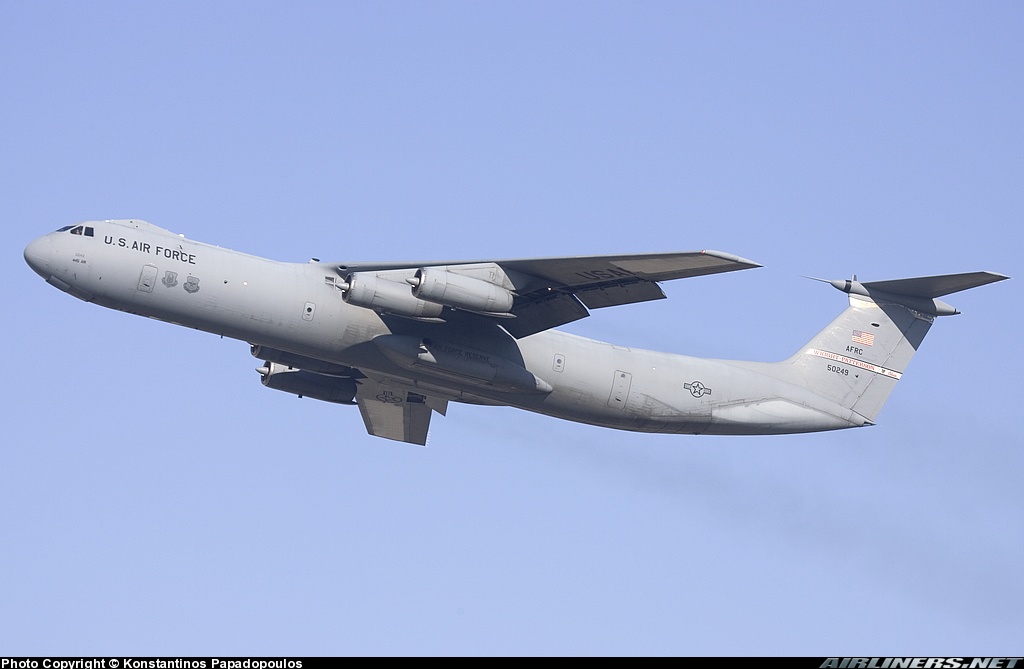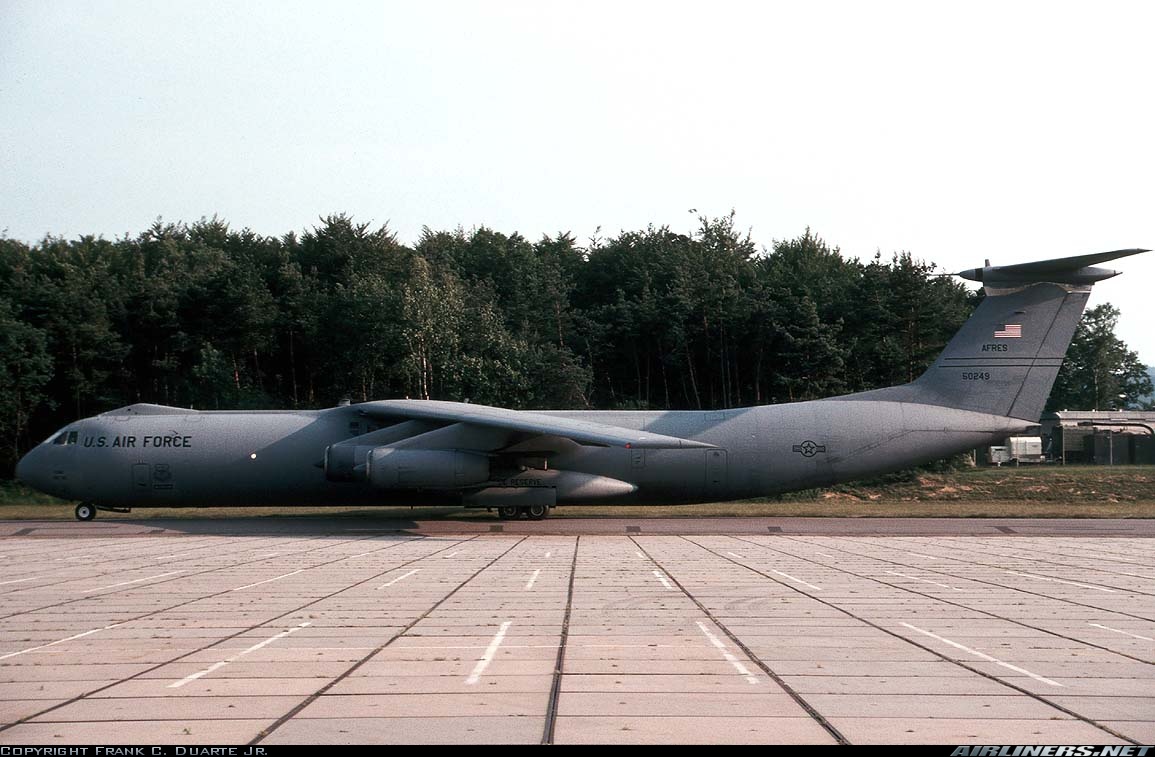
.jpg)
.jpg)


This incident took place on 29 October, 1979.
Synopsis: The aircraft suffered a gear malfunction that made it impossible to
retract the right main gear. The crew worked a plan for a long-range ovenvater
recovery and safe landing in New Zealand. There were no injuries.
Flying a round trip mission to McMurdo Station, from Christchurch New Zealand,
the C-141 had experienced a rougher than normal rollout after landing on the ice
runway. Two hours later, they prepared for departure. After takeoff but before
retracting the landing gear, the copilot noticed an unsafe right main gear
indication. A scan of the gear showed that the right main gear strut assembly had
failed.
The right main gear strut had separated from the cylinder and remained attached
to the aircraft only by the scissors. Unable to retract the landing gear, and
faced with a likely crash-landing in Antarctica, the crew started a climb toward
New Zealand, and using a "Conference Skyhook" consulted with Lockheed experts.
After initially climbing to FL200 at 235 Knots, they quickly realized that their
fuel consumption was still too high. At the suggestion of the Lockheed experts,
they eventually retracted the nose and left main landing gears. After some
experimentation, the pilot found that the aircraft began to buffet above .62
Mach.
He continued the climb, eventually reaching FL350. The improved fuel flow not
only assured landfall in southern New Zealand, but also would allow for recovery
to Christchurch.
After further consultation, the experts recommended all all landing gear down
landing. The crew began the descent with only enough fuel for one approach. As
the aircraft settled on the right landing gear, the boggie separated from the
aircraft. The copilot used the fire handles to shutdown the outboard engines. The
aircraft came to a stop with 4000 feet of runway remaining. The passengers and
crew evactuated without injury.
Info provided by Paul Hansen






